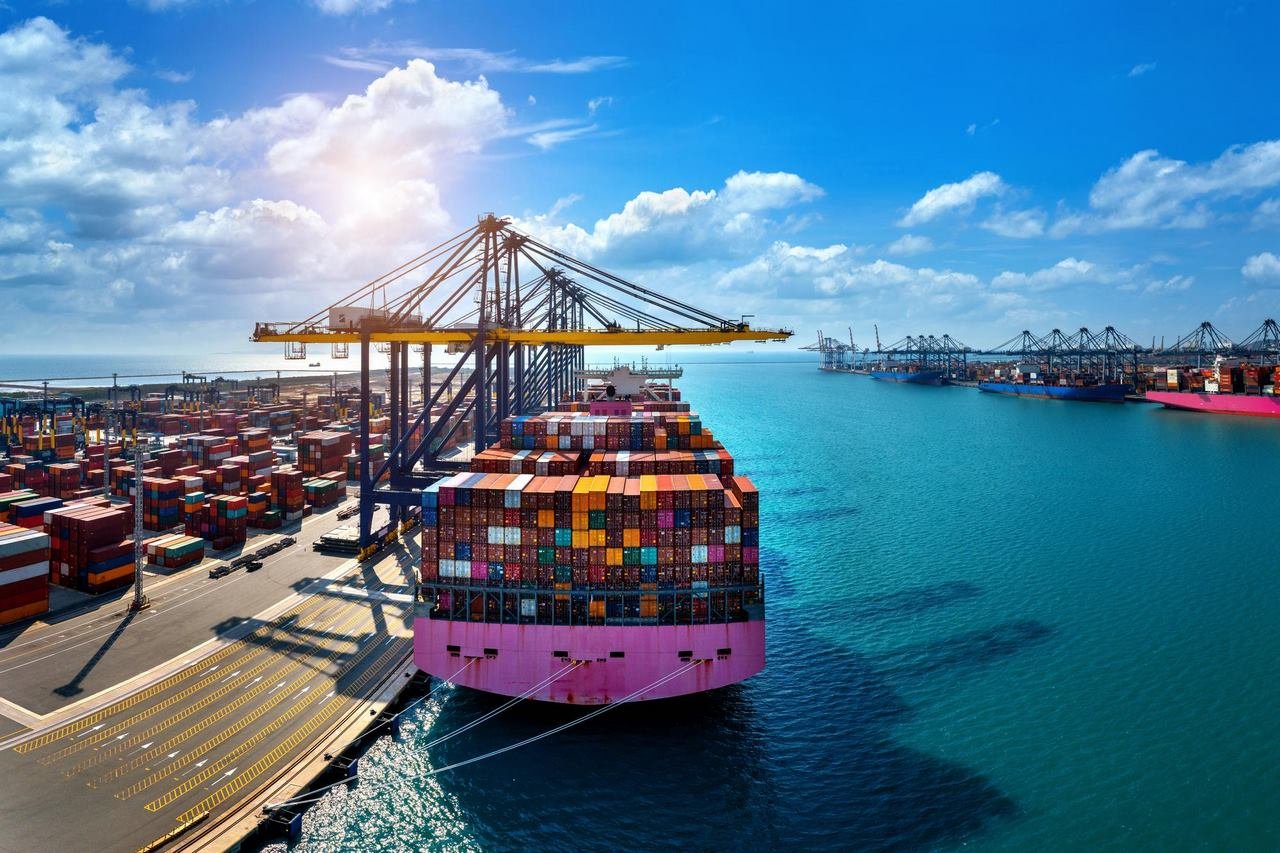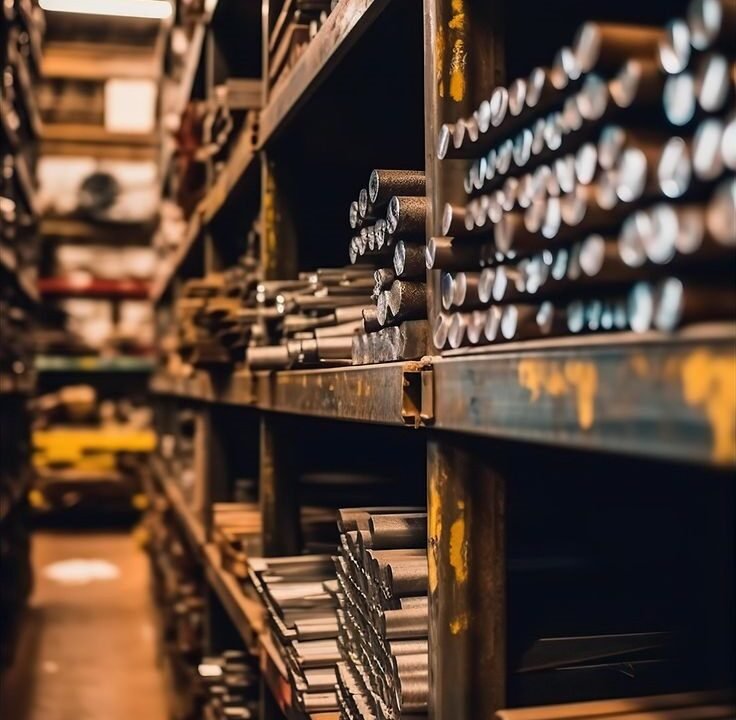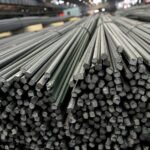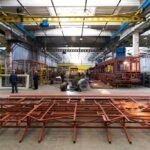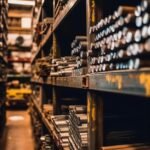In today’s fast-paced global economy, importing industrial raw materials from China has become not just an option, but a strategic necessity for businesses seeking competitive pricing and reliable supply. From copper and aluminum to stainless steel and specialty alloys, China’s industrial metal exports power infrastructure projects across Asia, Africa, and especially the Middle East.
How to Import Industrial Metals from China: A Step-by-Step Guide
At Steelbridge Export, we’ve worked with manufacturers, contractors, and EPCF partners to streamline and secure metal supply chains from China. Whether you’re managing a solar panel investment in the Middle East or supporting EPCF infrastructure, this guide will walk you through each critical step of the process—so you can import with confidence.
Why China Dominates the Global Industrial Metal Market
Before jumping into logistics, it’s important to understand why importing industrial raw materials from China makes sense from both a cost and capacity standpoint.
-
Scale of production: China is the world’s largest producer of copper, aluminum, and steel.
-
Diverse suppliers: Thousands of verified mills and foundries offer a wide range of alloys and formats.
-
Global reach: Ports like Shanghai and Tianjin are equipped for high-volume exports with advanced freight options.
If you’re running a solar panel investment in the Middle East, chances are your mounting structures, cabling, or even panel frames include Chinese-manufactured metals.
Step 1: Define What You Need and When
Clear specifications are crucial in bulk purchases of industrial metals. You should outline:
-
Material type (e.g., electrolytic copper cathodes, 6061-T6 aluminum)
-
Quantity in MT (metric tons)
-
Quality standards (ASTM, JIS, GB)
-
Delivery deadline
-
Port of destination
If you’re buying for EPCF energy projects or solar EPCF infrastructure, ensure your specs align with engineering requirements—especially for long-term contracts.
Step 2: Find a Reliable Supplier
Finding a trustworthy supplier is one of the most important parts of importing industrial raw materials from China.
Key checks:
-
ISO certifications and export licenses
-
Experience with international buyers
-
Positive trade references
-
Ability to pass third-party inspections
Pro tip: Work with partners like Steelbridge Export who already have established networks of vetted EPCF-friendly suppliers. This is especially helpful for solar panel investment in the Middle East, where delay-free delivery is crucial.
Step 3: Clarify Incoterms and Contract Terms
Once you’ve shortlisted suppliers, it’s time to finalize commercial terms using Incoterms like FOB (Free on Board), CFR (Cost & Freight), or DDP (Delivered Duty Paid). Choose based on:
-
Risk tolerance
-
Customs clearance knowledge
-
Budget flexibility
For example, in an EPCF model, it’s common to use DDP or CIF to shift risk and simplify project execution.
Your contract should also cover:
-
Inspection conditions
-
Packaging standards
-
Payment schedule (usually via LC or TT)
-
Late delivery penalties
Step 4: Conduct Pre-Shipment Inspection
Never skip this. It ensures that the product you ordered meets specifications.
You can hire international agencies like SGS or TÜV to inspect:
-
Chemical composition
-
Surface condition
-
Dimensions and weight
-
Packaging and labeling
Especially for copper used in solar inverters or wiring, verifying purity and conductivity is essential.
Step 5: Manage Logistics and Freight Forwarding
Once your shipment is cleared for departure, logistics come into play.
Options:
-
Sea freight (most cost-effective for bulk)
-
Rail freight (for inland routes into Central Asia)
-
Air freight (rare and costly, used only for small urgent batches)
Coordinate with your freight forwarder to manage:
-
Export documentation (B/L, Certificate of Origin, Packing List)
-
Loading and vessel tracking
-
Insurance
Having visibility on your shipment helps ensure materials arrive just in time for your solar panel investment in Middle East projects.
Step 6: Handle Customs Clearance in the Destination Country
Customs clearance for industrial goods can be complex, especially in Middle Eastern or African countries with evolving regulations.
Key documents usually required:
-
Commercial invoice
-
Certificate of origin
-
Bill of lading
-
Pre-inspection certificate
-
Product specification sheet
Delays in customs can stall an entire epcf model solar project—so it’s best to partner with a firm experienced in end-to-end import facilitation like Steelbridge Export.
Step 7: Storage, Distribution & Usage
Once your shipment clears customs, you’ll need a system for:
-
Secure storage (preferably temperature- and moisture-controlled)
-
Fast transportation to construction or fabrication sites
-
Handling and usage planning based on project phases
If you’re operating within an EPCF model, proper inventory tracking and usage scheduling are essential to avoid on-site delays.
Common Mistakes to Avoid
Even experienced buyers can face problems if they skip key steps. Some frequent issues include:
-
Ordering from non-certified suppliers
-
Misunderstanding customs codes
-
Choosing the wrong Incoterms
-
Failing to insure the shipment
-
Overlooking Copper export and global supply chain fluctuations
Being proactive and working with seasoned import/export consultants significantly reduces these risks.
Relevance to Solar Panel Investment in the Middle East
The demand for solar power in the Middle East is exploding, driven by aggressive decarbonization policies and favorable irradiance.
Importing industrial raw materials from China is a foundational part of this boom—especially for:
-
Solar racking and support structures (aluminum and galvanized steel)
-
Inverter cooling components (copper and specialty alloys)
-
Battery enclosures (zinc and nickel coatings)
Most solar developers using the epcf model rely on fast, consistent material imports to maintain project momentum.
In countries like Saudi Arabia, the UAE, and Egypt, solar panel investment in the Middle East has reached new heights—and with it, demand for reliable, cost-efficient raw material supply chains.
Best Practices for Long-Term Success
If you plan to consistently import from China, build a strategy around:
-
Long-term framework contracts
-
Quarterly supplier audits
-
Hedge pricing when copper or aluminum is volatile
-
Working with EPCF project management services for alignment with your build schedule
Bulk procurement through the epcf model isn’t just about sourcing cheap—it’s about strategic alignment, risk mitigation, and delivering on solar project goals.
Case Study Snapshot: A 50 MW Solar Farm in Egypt
One of Steelbridge Export’s clients recently completed a 50 MW solar project in Upper Egypt. The entire mounting structure and inverter cabling were sourced from China under a tightly coordinated epcf model.
Results:
-
18% cost savings vs. regional sourcing
-
Zero customs delays due to pre-clearance planning
-
Seamless integration with construction timeline
This proves that when Importing industrial raw materials from China is done right, it doesn’t just save money—it builds long-term project credibility.
Final Thoughts
With energy transitions accelerating worldwide, industrial metal imports will only grow in importance. Whether you’re planning a manufacturing expansion or scaling your solar panel investment in Middle East, understanding how to navigate Chinese sourcing efficiently is no longer optional—it’s essential.
And when paired with a structured epcf model, you’ll unlock a winning formula that aligns supply, capital, and execution from the ground up.
To discover how you can integrate smarter importing practices into your EPCF infrastructure plan, reach out to our expert team at yenisana.


